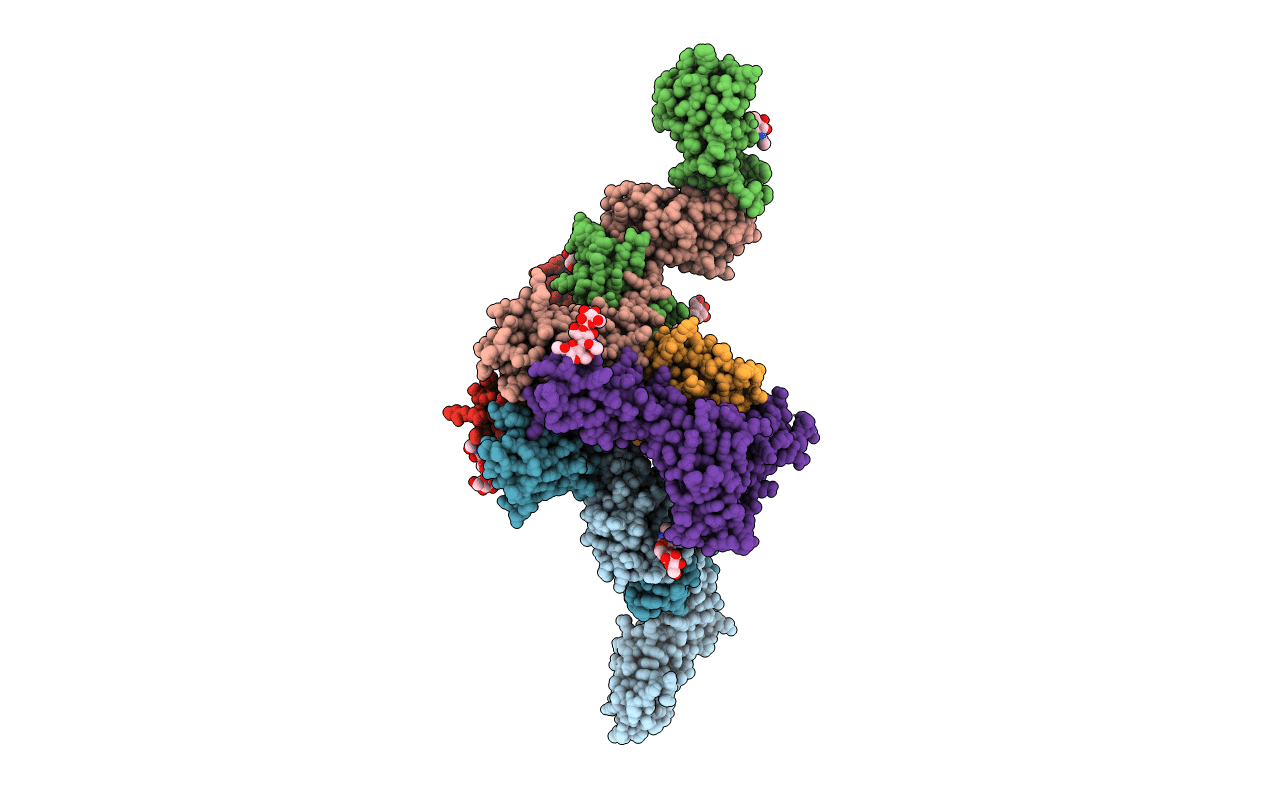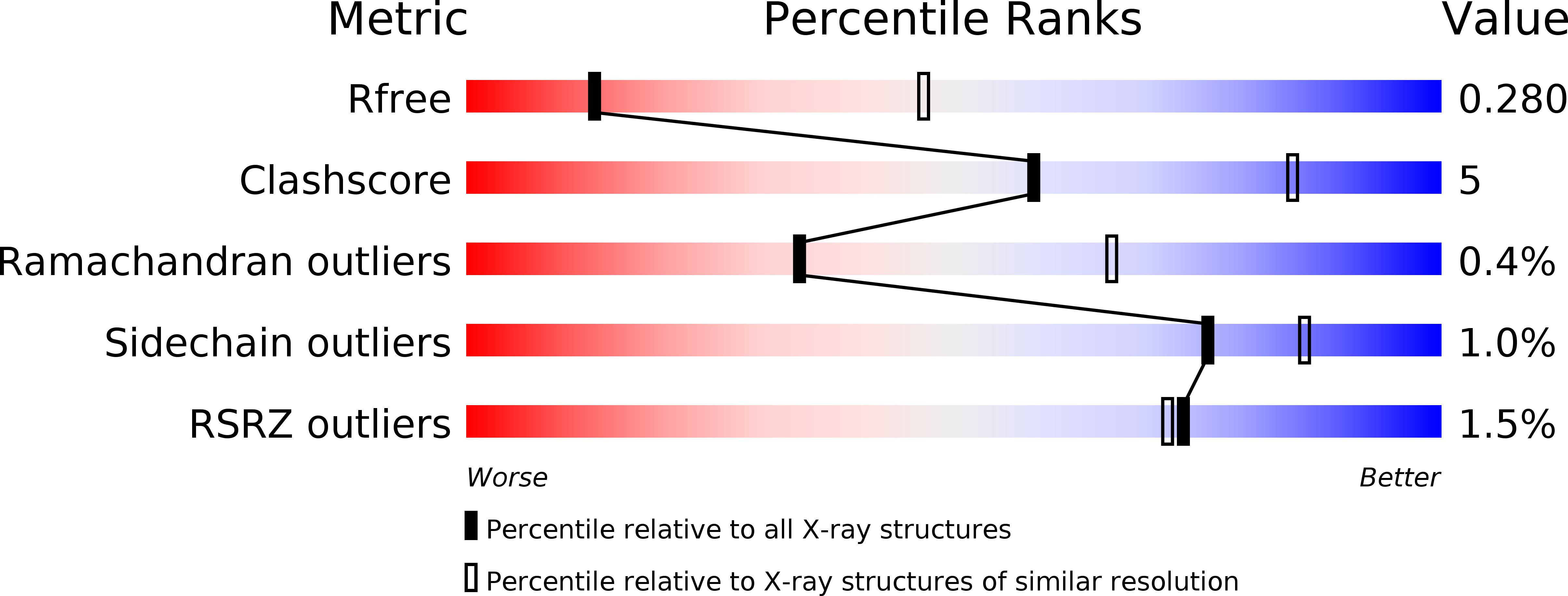
Deposition Date
2019-01-13
Release Date
2020-01-22
Last Version Date
2024-10-16
Method Details:
Experimental Method:
Resolution:
3.30 Å
R-Value Free:
0.27
R-Value Work:
0.23
R-Value Observed:
0.23
Space Group:
P 21 21 21


